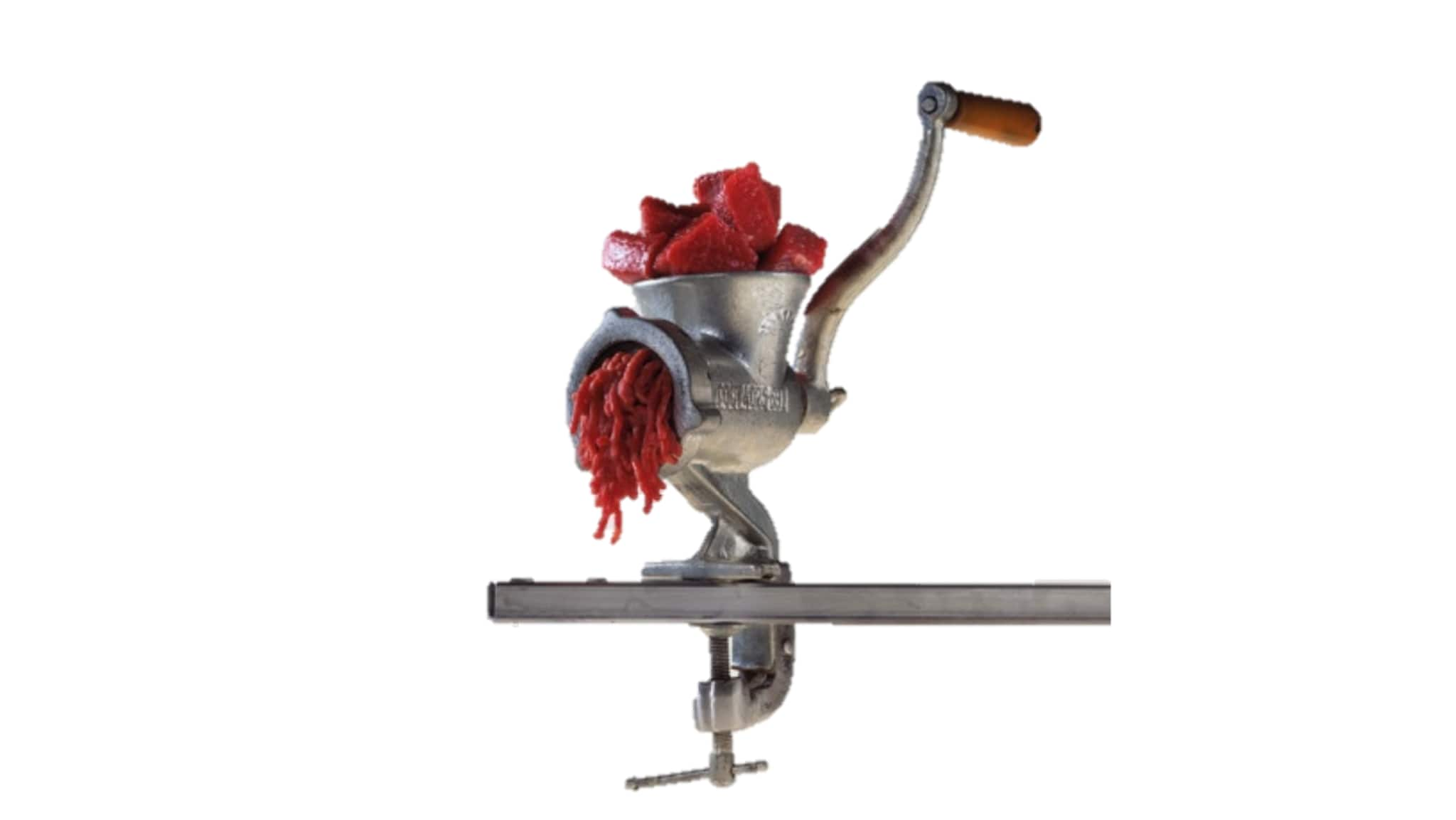At a glance
We looked at how retail stores kept records on beef grinding. Learn what restaurants and food safety programs can do to keep adequate records of beef grinding practices.

Key takeaways
Retail food managers and food safety programs should teach food workers about:
- What grinding logs are
- Why it is important to keep them
- What information should be put in them
These efforts should focus on independent stores and stores that use trimmings in their grinds.
Why this is important
Contaminated ground beef at retail stores like grocery stores can cause foodborne illness outbreaks. To stop further illness and outbreaks, we need to find the source of any ground beef that causes outbreaks.
To do this, retail stores must keep good records on where the beef in each batch of ground beef came from. We must learn more about how retail stores keep records on beef grinding. This can help us find ways to make these practices better.
What we learned
We found that most retail stores do not keep records on beef grinding. Without complete records, we cannot find out where contaminated ground beef came from. (This is called a traceback investigation.A)
About three-quarters of stores used trimmingsB in their grinds.
Chain storesC were more likely to use trimmings in their grinds.
Chain stores made ground beef:
- More often than independent stores did
- In larger batches than independent stores did
Chain stores were more likely to keep logs than independent stores.D
Almost half of all stores kept logs. Stores that kept logs said they did so because of rules from the:
- Corporation or franchise
- Store
- State (Even though no states in this study had these rules.)
- U.S. Department of Agriculture (Even though it did not have these rules.)
Stores that did not keep logs said they did not because:
- They did not know what logs were
- Logs were not required
- They were supposed to keep them, but did not
- They were too busy
Log traits
Only about one-quarter of logs had all of the data needed to find out where the source beefE came from.
Most logs had data on:
- Type of product (such as '90% lean beef') included in the batch
- Date and time of grind
- Code for where beef came from
- Date source beef was produced
- Whether trimmings were also in the grind
Fewer logs had data on:
- Source beef (lot number, use-by date)
- Whether cleanup was done between grinds
More information
Journal article this plain language summary is based on
More practice summaries and investigation summaries in plain language
About this study
- Traceback investigation: Effort to find out where food that caused a foodborne illness outbreak was grown, produced, and packaged.
- Trimmings: Beef leftovers made during cutting of steaks and other beef and included in ground beef products.
- Chain store: One with the same name and operations as other stores. Grocery stores with the same name in many cities are chain stores.
- Independent store: One that does not have the same name or operations as any other store.
- Source beef: Beef used to create batches of ground beef.
